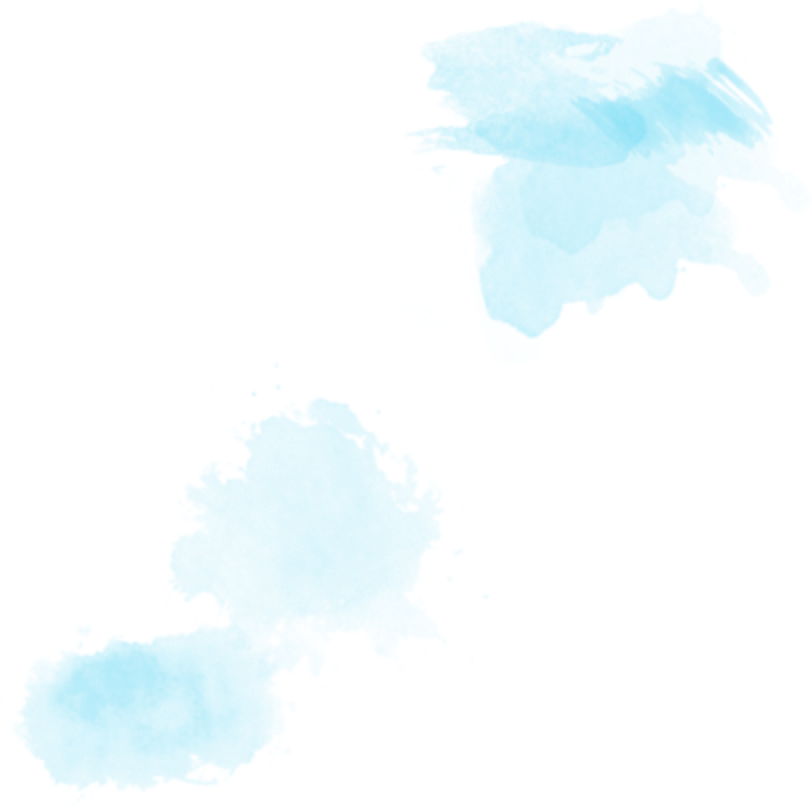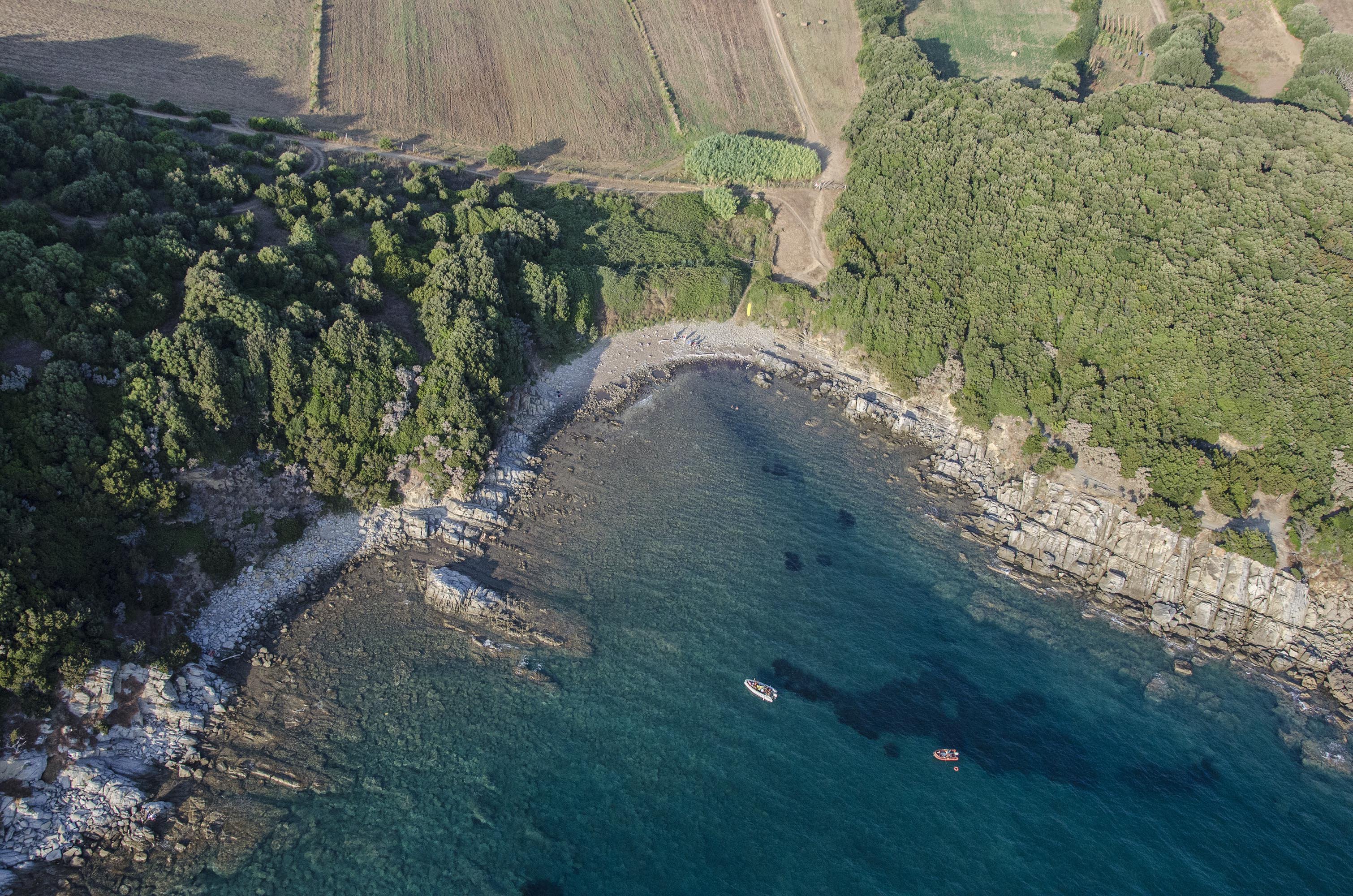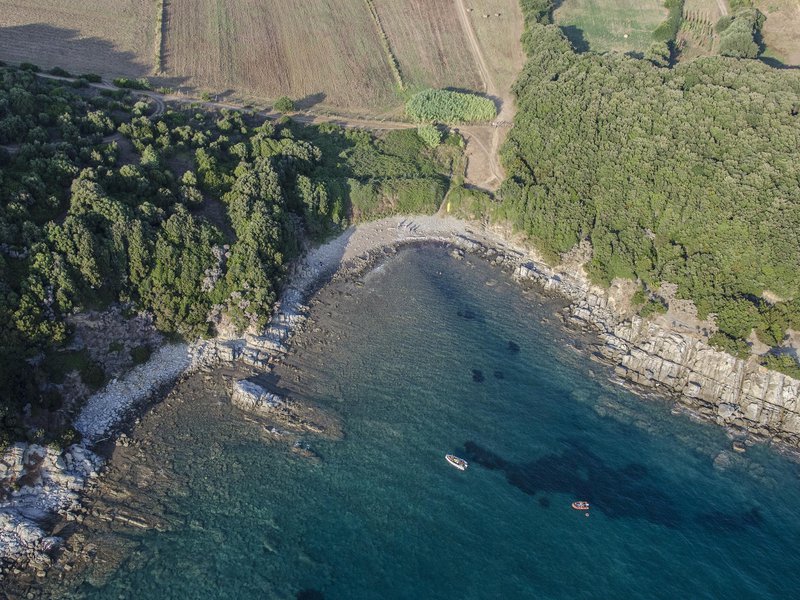



Populonia - Port of Baratti
The promontory of Populonia is unquestionably one of the most evocative and enchanting places on the Etruscan Coast. The presence of man since the beginning of time is irrefutable proof of this. On the sandy coastline, which stretches from the Gulf of Baratti to the municipality of San Vincenzo, a number of small villages were already settled in the Bronze Age (12th - 10th century B.C.). And during the Iron Age, some Villanovans built their oval-shaped clay huts in the area called Poggio del Telegrafo.
Even the Etruscans did not miss the extraordinary beauty of this location. About seven hundred years after the Villanovan presence, at a time when Etruscan culture had been influenced by Roman culture, a large sanctuary dedicated to the goddess of beauty Venus was built not far from that first settlement.
Origins
The name Populonia derives from the Etruscan word Pupluna. indicating symbols of fertility and prosperity. This term may derive from Puple, meaning 'sprout' and is linked to the god Fufluns, the Dionysus of the Etruscans. What is certain, observing the dense and luxuriant vegetation on its slopes, is that this land has always been able to satisfy the needs expressed by man in abundance.
Rich in noble metals (copper, lead, silver), the various peoples who followed one another here specialised in their extraction and ironworking in the furnaces located in Baratti. From the 8th century B.C. to the beginning of the 6th century B.C., a time period defined as the 'orientalising' period of Etruscan culture, these materials conspicuously enriched this population and the Gulf of Baratti 'became a strategic Mediterranean crossroads, a terminal for trade and maritime traffic, a safe port on the Tyrrhenian routes'.
Observing the artefacts recovered from the tombs of that period, we can easily note the high levels of prosperity reached by the Etruscan civilisation. They came into contact with the classical Greek cities of Rhodes, Miletus and Corinth and brought back to their lands jewellery, ceramics, and precious objects in gold and silver of rare beauty.
The 2nd and 1st centuries B.C. represented the moments of greatest metallurgical production of Baratti's iron industries, charged with supplying iron to Publius Scipio's fleet before the expedition against Carthage. And the port of Baratti was used by Rome as a strategic base for its power in the Tyrrhenian Sea.
The city of Populonia, after centuries of splendour and glory, fell into disgrace when, like other rebellious cities, it chose to ally itself with the populares against Lucius Cornelius Sulla. This choice caused a ferocious Roman attack in 80 B.C., from which the city was no longer able to rise again.
The centuries that followed were marked by invasions and looting.



